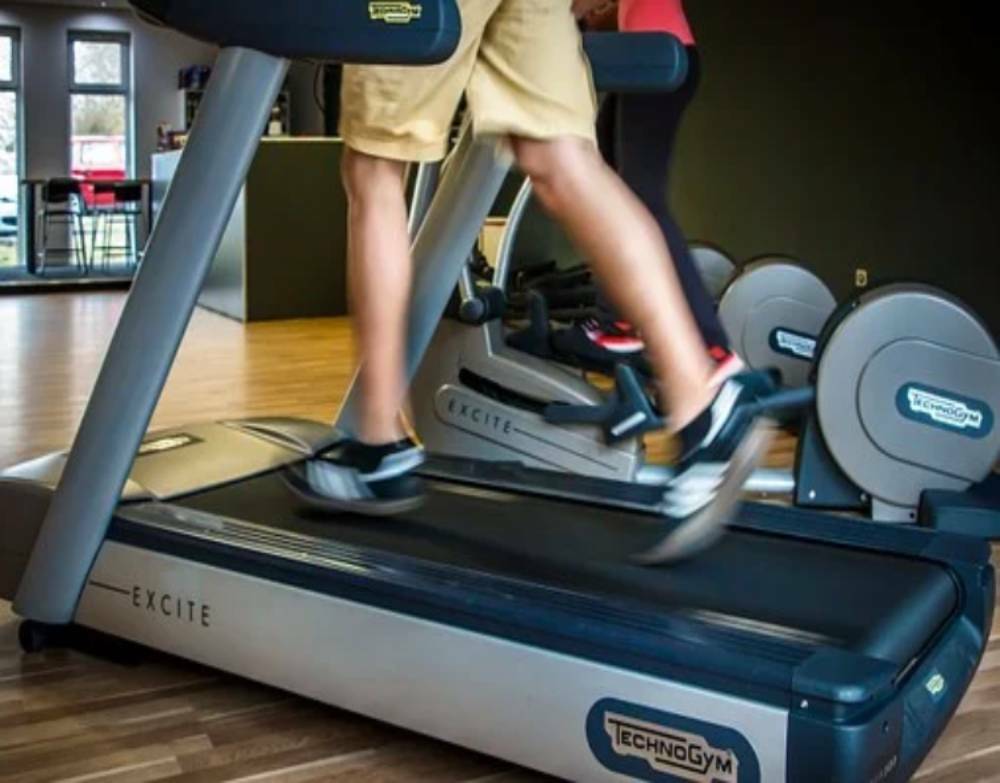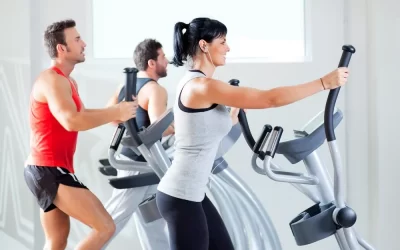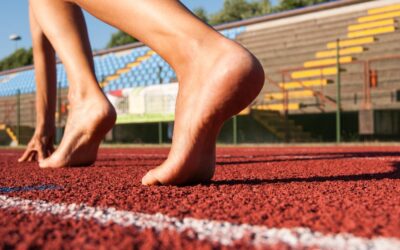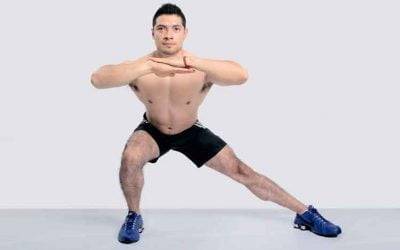A treadmill is exceptional workout equipment for most people, thanks to its convenience. As an indoor machine, it saves you the hassle of running out in the open field where the conditions may not be so favorable. It’s also a time saver and allows you to plan your workout routines. Besides that, it offers multiple health benefits that help improve your general well-being. Regardless of your fitness goal, your treadmill is your best ally. Here, we walk you through valuable tips on how to get the most out of your treadmill.
Tips To Getting The Most Out Of Your Treadmill.
1. Warming Up Before Running.
Most people typically start running or walking as soon as they get on their treadmill. Like running on the open field, you can start your workout by warming up, preparing you for the most difficult part of your exercise.
If you’re a professional athlete, warming up can accelerate your circulation, awakening your muscles for a remarkable performance in a big race.
It also helps prevent potential injuries during the actual running activity. Other benefits include improving your agility and enhancing muscle and tissue flexibility.
You can begin walking at a leisurely rate of 2.5 to 3.5 mph and then gradually pick up speed at 3.5 mph per minute.
2. Know Your Machine.
A treadmill has a ton of functions that will help you get the most out of your workout. Knowing your machine inside and out and becoming familiar with all its features is crucial. You might ask your trainer to show you the basics of operating a treadmill at the gym.
If you have one at home, read the user manual to learn about the features. Also, you can read Barbend guide to treadmills for every consumer needs and requirements.
Even though treadmills might vary between brands, a few fundamental features are shared by almost all. Most treadmills have the following features:
- A heart rate monitor that aids in determining the intensity of your workouts. A wearable device is more precise, though.
- You can see how many calories you’ve expended with a calorie counter. Because it doesn’t consider age, weight, or gender, this could not be particularly reliable.
- You can modify your run using the preset intervals feature.
- The speed display feature shows you how fast or slows you’re running.
3. Adjust the Incline.
When using the treadmill, it’s recommended to adjust the incline to at least 2%. Unlike the outdoors, where you’re likely to face wind resistance, a gentle incline will stimulate running. Initially, you may adjust the incline to zero and gradually increase it to your best level.
After that, you shouldn’t slack off because keeping it a zero is like running downhill. It’s important to push yourself and set your body for the ultimate challenge. But once in a while, maybe twice a week, you can keep on alternating between 0 to 2.
According to research , increasing a treadmill’s inclination lowers the amount of force your legs can withstand. Inclined running might hasten recovery and reduce inflammation if you’re training for sprints.
Most runners assume they’re optimizing their workout by running on a steep incline. By contrast, setting a steeper incline of more than 7% can strain your ankles, hips and back. Having said that, remember to alternate with a lesser incline after raising it to around 5%.
4. Don’t Jump Off A Moving Treadmill.
One major cause of injuries while running on a treadmill is jumping off while it’s still moving. Instead, you can simply slow down the machine, lower the incline, and reduce the pace when you want to get off.
Also, have your essentials such as water, headphones, or towel within reach so that you can grab them when in need.
5. Have Your Headphones With You.
Even though it’s not recommended to have headphones when running out in the open, you can use them on the treadmill. Set some motivating melodies, enabling you to run more and reduce boredom.
If there’s a television in the room, be alert and avoid craning your neck too much. Ensure you have a comfortable view that doesn’t interfere with your posture.
6. Stay Away From The Handrail.
A handrail helps you get on/off the machine safely, but it may give you the illusion that you’re running fast. Fitness experts suggest that holding a handrail can erode the benefits of running or walking.
In reality, the handrail causes you to hunch over and strains your back, neck, and shoulder. It’s critical to maintain a straight posture, with your head up and shoulders level. If you have a medical condition, your doctor may recommend holding the handrail for support when walking.
7. Avoid Leaning Forward.
As previously stated, you should keep your posture straight. At the same time, avoid leaning forward because the machine will pull your feet backwards.
Further, leaning forward may result in neck or back pain and loss of balance. During the warm-up, try adjusting your posture.
8. Avoid Looking Down.
Let’s face it! It’s pretty challenging not to look down, up, or sideways during walking or running. Without a doubt, these are involuntary actions.
On a treadmill, you may be tempted to keep looking on the screen to see your speed and calories burned and monitor your heart rate.
If you look down too much, you may hunch over and experience neck, back, or shoulder pain. Focusing straight is a safe way to run, whether on a treadmill or out in the open.
9. Your Stride Matters.
It’s critical to understand that there’s no difference between running on a treadmill and running outside. Therefore, run naturally without taking quick, choppy leaps.
Likewise, slow down and gradually build up your pace if your feet become tired. Most people overstride or land with their feet ahead of their center of gravity. This can result in a braking force on the treadmill’s belt.
Always keep your feet beneath your body, not behind or ahead. This way, when running, you can reduce the impact on your legs.
Running will be more efficient if you take many steps. Take shorter and faster strides to improve your counts. It also reduces boredom and makes the activity more enjoyable.
10. Take A Break By Cooling Down.
To allow your breathing to recover after finishing your program, you must return your heart rate to normal.
Usually, lactic acid accumulates in your body during intense practice. It can take a lot of time for the system to flush it out.
Cooling down can accelerate the removal of the lactic acid and help speed up post-workout recovery. It also helps prevent muscle soreness and keeps you comfortable while letting you bounce back before the next workout session.
If you stop your workout suddenly without cooling, your muscles can contract vigorously. It can lead to blood pooling on your lower extremities, and you may feel lightheaded with poor circulation.
Similar to warming up, you can slow down to a comfortable pace of 2.5 to 3.5mph and progressively walk for 3 to 5 minutes. Stretch your leg muscles after that.
11. Hydrate Your Body.
Running outside or on a treadmill can quickly make your body lose water. You can stay hydrated by taking water every twenty minutes.
12. Take Care of Your Machine.
Taking good care of your treadmill can prolong its life and optimize your workout routine. Ensure the running belt is well lubricated to prevent friction when running. You can do this every two weeks to ensure the longevity of your machine.
13. Visualize Your Experience.
Finally, imagine yourself running outside at various speeds and under various conditions such as weather and traffic lights.
Bottom Line.
Running on a treadmill is fun and brings you all the benefits of a workout. Fortunately, you can get the most out of your machine by following the above tips. Don’t forget to warm up, know your machine, monitor your strides and cool down. Ultimately, you’ll have the best workout experience to meet your fitness goals.
+4 Sources
Freaktofit has strict sourcing guidelines and relies on peer-reviewed studies, educational research institutes, and medical organizations. We avoid using tertiary references. You can learn more about how we ensure our content is accurate and up-to-date by reading our editorial policy.

 Workout
Workout
 Meditation
Meditation


 Stories
Stories


 Podcast
Podcast E-book
E-book













